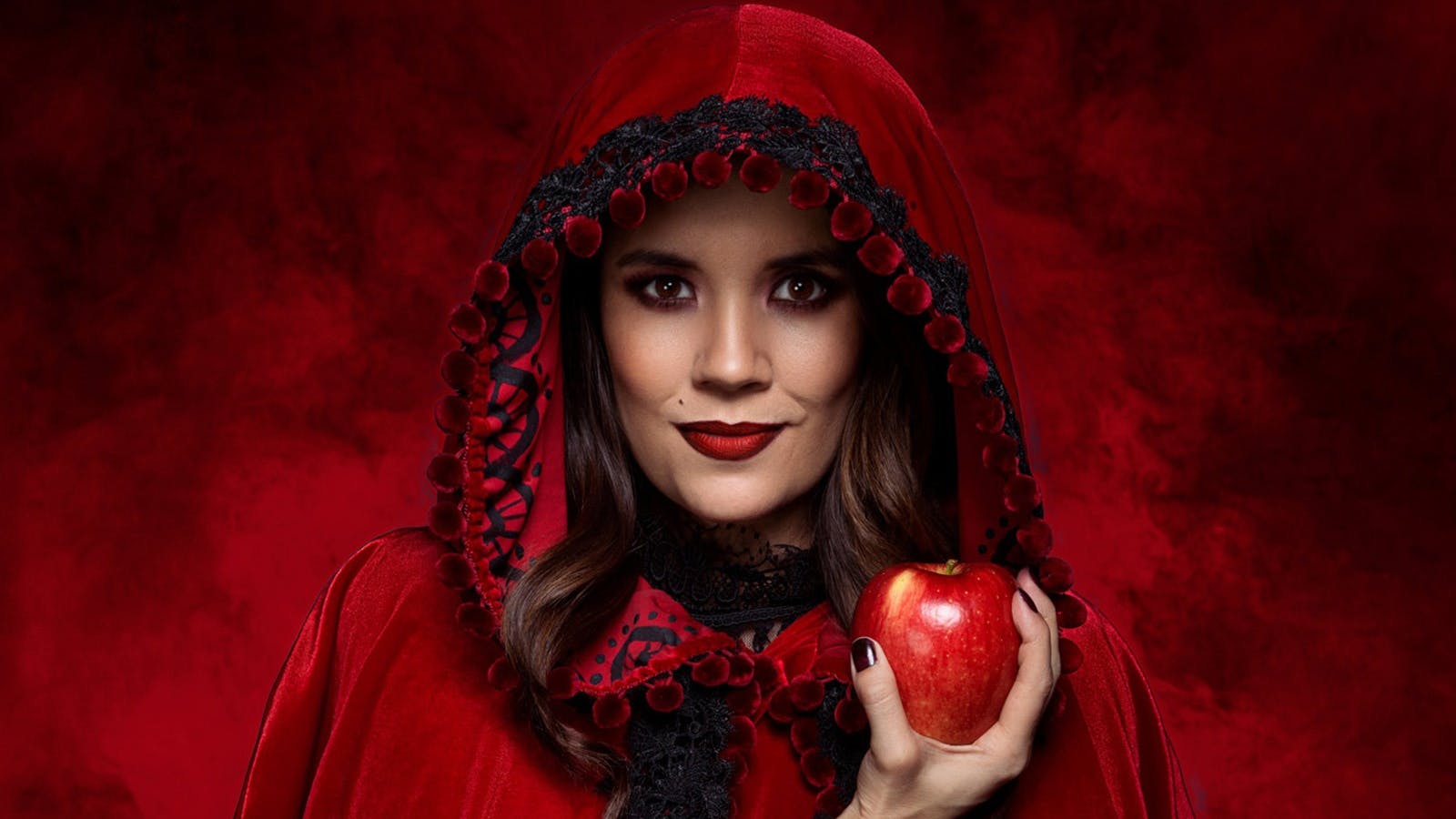Arts Review
GRIMM

By Natalie Pesa
8 September 2024
QAPC Cremorne Theatre
Just when you thought you knew the fairytale stories so many of us have grown up with, they are demolished, dissected, and subverted because, as the characters in GRIMM tell us, change is not only welcome but necessary. GRIMM is, on the surface, a retelling of the original versions of well-known fairy tales but, in its depths, it is a snapping and wildly engaging reconstruction, geared towards adapting their fairytale sub-texts and lessons to better suit the 21st century.
The Grimm brothers published their first collection of stories just over 200 years ago and have since remained an integral part of many cultures and childhoods with tales such as Snow White, Little Red Riding Hood, Rapunzel, Hansel and Gretel, and Sleeping Beauty. However, the Disney-fied versions many of us are familiar with are watered-down, glamorised retellings, and GRIMM is out to remind us of the graveness and gore that dwell beneath the surface.
Amidst the depths of the Brisbane Festival, this uncensored, unapologetic play from the Shake & Stir Theatre Co has come to life under the award-winning direction of Daniel Evans. Adapted by one of Shake & Stir’s Artistic Directors Nelle Lee (who is also one of the only four actors in the show), this play features multiple characters from the Brothers Grimm tales as they either scramble to fulfil their desires, escape hungry wolves, or just survive the dangerous woods before the clock strikes midnight, “because of course,” Evans says, “everything transforms at midnight”.
However, these are no simple fairy tales. Although the many stories are seamlessly merged, horror and carnage are continually aligned with sparkling song and dance, keeping the audience unsure whether they will be laughing or shivering next.
What makes this play so deserving of attention is that it does more than just retell the original stories; it contemporised them, reapplying their resurfaced seriousness to the present-day world.
Fundamental to this seamless execution is the fusion of an older world, reminiscent of the Brothers Grimm, with the contemporary. The gothic set is consistently transformed into a sparkling cabaret or game show, the fairy-tale rhymes are filled with contemporary slang, and the brooding choirs are paired with flashing pop music.
This contrastive relationship extends to the warnings given by Riding Hood’s mother (Angie Milliken) which pairs the familiar, sweet fairy-tale rhyme with vulgar and grotesque humour, challenging the censored and uncomplicated warnings of contemporary fairy tales.
Indeed, the overall, unnerving directness of this play illuminates the vague generality of fairytale platitudes, subverting their ambiguous messages, and reconstructing them to better apply to the contemporary world.
It’s hard to imagine this play being set in a larger venue as it was precisely the intimate space of the Cremorne theatre that facilitated many of the show’s key devices. Not only did a confined space amplify the effects of the grotesque, but it allowed for an immersive performance, where the crowd continuously became a part of the show. This intense engagement with the audience not only made the show even more entertaining by captivating the audience’s attention and involving them as active members rather than passive spectators but it also emanated the conversationalist and community-driven nature of storytelling.
Paul McCann, a celebrated First Nations fashion designer, grounded the play in his detailed and spookish costumes, underscoring the Brothers Grimm tales and elevating their horrific elements in times when the show reached its most intensive parts. They also worked flawlessly together with Trent Suidgeest’s lighting and Josh McIntosh’s set design. This relationship is particularly evident at the beginning and end of the play, where the severity of red against drearier blacks and browns across costume, lighting, and stage props, leaves the audience with a glaring sense of the blood, passion, and vulgarity that burns throughout the show.
The limited number of actors in a play with so many changing characters meant that they were continuously switching between roles and costumes. Nonetheless, this enormous feat not only solidifies the relationship between the stories, but it presents the outstanding capacity of the actors as they seamlessly switch between characters. For instance, Aljin Abella’s wild, irreverent fairy godmother was unlike his sentimental, lonely beast. This knotty storyline was skilfully executed through Daniel Evans’s direction so that there was never a time where the changing characters felt awkward and unintentional.
There were a few times throughout the play when there was a German voice-over, and the audience had to read the translated English at the top of the set. Although in most parts this device was a clever way to emphasise the German folk origins of these stories, there were one or two times when this execution felt awkward as I felt I was missing the actor’s performance on the stage when this technique was paired with an involved act.
Nevertheless, the many intricate elements in this play are skilfully adapted and executed to create a show that is captivating and exciting as it’s tearing through the properties of contemporary fairy tales. This is a play of extremes that impels you to laugh, tremble and leave your etiquette at the door.